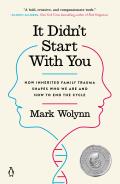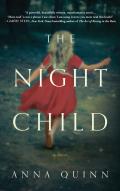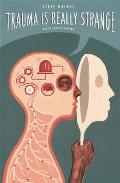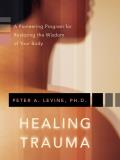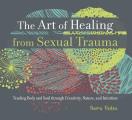Subtitle: How inherited family trauma shapes who we are and how to end the cycle
Recommended to me by: a client
The book starts with Mark Wolynn’s story. He had sudden trouble with an eye and, fearing blindness, traveled in southeast Asia seeking gurus and healers who could help him. Finally, two separate gurus said, “Go home and call your mother and your father.” He went home, healed his relationship with his parents, felt much better, and incidentally his vision returned.
The next section reviews scientific research on epigenetics, how people’s cortisol levels and behaviors are affected by trauma experienced by their parents. When our grandmother is pregnant with our mother, the precursor cell of the egg that will become us is already formed. It makes sense that bodies would be prepared for a dangerous environment if the parents experience danger.
The next section has case histories of how an early break in the maternal relationship can cause ongoing problems. Parents are described as an ongoing source of the flow of life, so being estranged from them interrupts that flow. Since the author solved his problem by reconnecting with his parents, everyone should reconnect with their parents. Bizarrely, for a book about inherited trauma, actively abusive parents are never mentioned.
A person can unconsciously act out a parent’s or other relative’s story, even if they don’t know about the past events. Anything that is hidden can surface inside a relative.
The remedy, in addition to reconciling with your parents “even if you’d rather eat thumbtacks,” is to identify your core sentence and listen for echoes of past stories. Write down your worst fear, and look for phrases that are more intense or resonate with the past. When a family is affected by war or atrocities like the Holocaust, trauma can reverberate through the generations.
We can imagine making contact with past relatives, and respectfully return their feelings to them, and imagine them wishing us well. We can similarly imagine returning parents’ feelings to them if it is not safe to contact them directly.
Accepting our parents is important. As Martha Beck said in (I think) “Leaving the Saints,” it’s possible to accept a rattlesnake exactly as it is and stay respectfully out of range of its fangs.
Recommended as food for thought, as long as you remember that the author’s solution will not be the solution for everyone. Since my family tree has several branches chopped short by the Holocaust, it’s good to see an acknowledgment of the repercussions for later generations.

